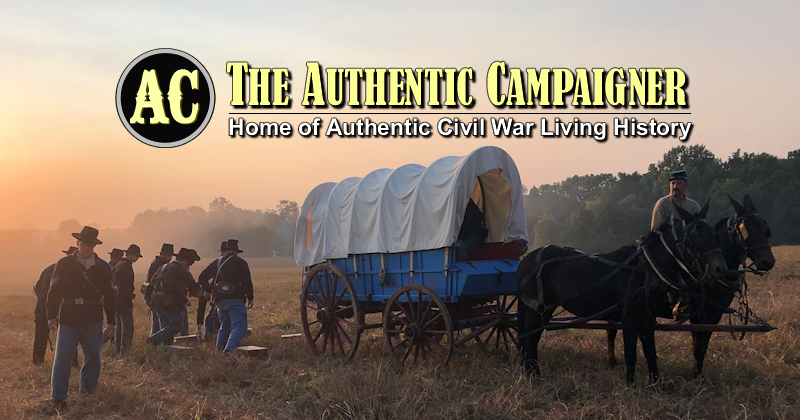I will be participating at a LH at The McKinley Presidential Monument this Saturday in Canton, Ohio and was asked to perform "Firing by the Drum" during the public firing demos. I looked through my books but was not able to find it.
A quick web search produced a definition of :
5 beats(both sticks)-5 beats(both sticks)-3beats (R-L-R) -1 beat-Musket's Fire but no reference to the source was called out, so I was just verifying if this is the correct sticking pattern?
Thanks,
Erick Gustin
Blistertoe Mess
51st OVI Co. B
Cleveland Zouave Light Guards
A quick web search produced a definition of :
5 beats(both sticks)-5 beats(both sticks)-3beats (R-L-R) -1 beat-Musket's Fire but no reference to the source was called out, so I was just verifying if this is the correct sticking pattern?
Thanks,
Erick Gustin
Blistertoe Mess
51st OVI Co. B
Cleveland Zouave Light Guards




Comment